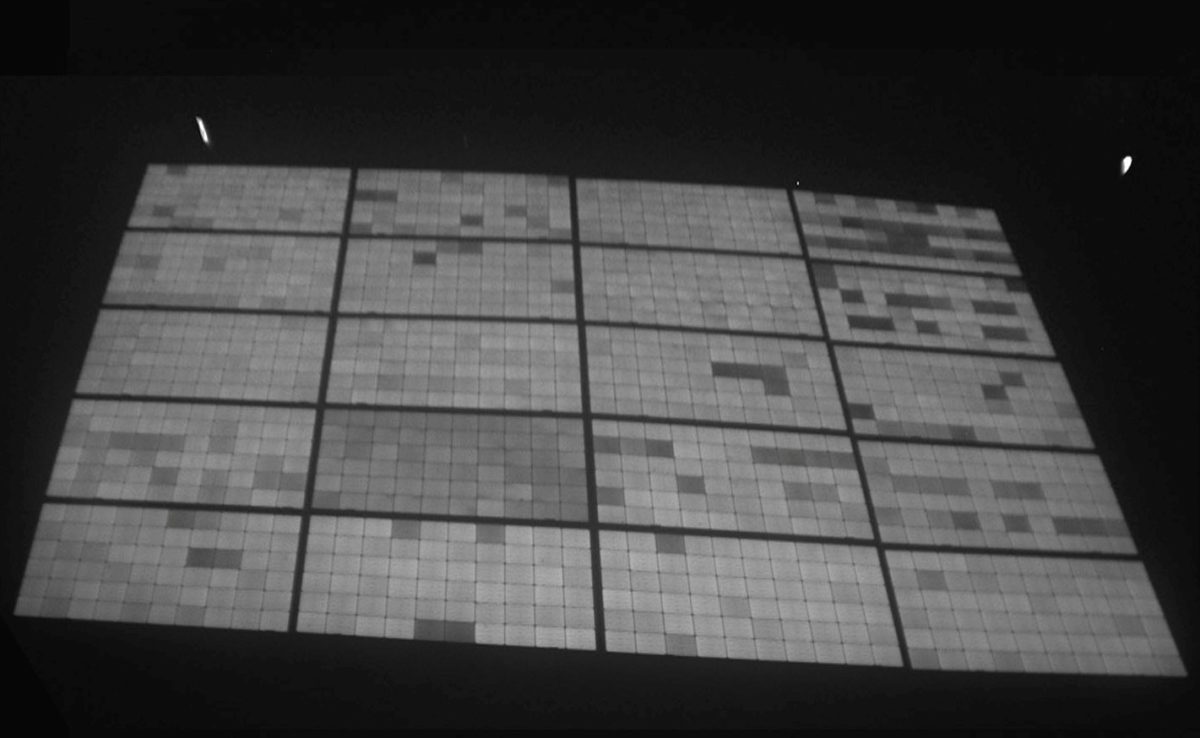Cell producers have measures to reduce LID risks. Why does LeTiD have to be considered as well?

Image:
With more and more cell producers adopting the PERC [passivated emitter rear contact] concept in their production, the issue of LID in general is becoming more important. Efficiencies are increasing and LID in general, is hindering full utilization of the efficiency potential.
Suggestions of another LID effect on PERC cells occurring at elevated temperatures were first reported in 2012, and the effect, which later became known as LeTID, has been primarily observed on multicrystalline silicon. It is now known, however, that both multicrystalline and monocrystalline PERC cells are affected by LeTID, which causes serious power losses during operation in the field.
pv magazine Quality Roundtable
This will be one of the topics at the pv magazine Quality Roundtable at the Taiwan Energy Forum on September 20 in Taipei. At the event, Jay Lin from PV Guider will also present a case, where he discovered LID and LeTID in an installation with mono PERC modules; and discuss why not all manufacturers successfully mitigate degradation effects (-> read more).
How severe are the effects of LID and LeTiD in terms of quantative degradation?
What was typically understood as LID in monocrystalline Czochralski silicon (Cz-Si) were the losses due to formation of recombination-active boron oxygen defects in silicon. The extent of LID related to boron oxygen defects depends on the boron and oxygen concentration and may typically relate to a loss of 1% absolute, which is observed during the first days of light exposure.
The root cause of LeTID is still under research, but hydrogen has been identified as a suspect for causing this effect. LeTID happens on a lengthened time scale, which can be up to several months or even years of operation in the field and can result in losses in efficiency up to 10% relative error. (Michael Fuhs: To compare the two effects, 1% absolute corresponds to about 5% relative error).
How do LID mitigation processes normally work?
The boron oxygen defect is known to transfer a stable state with reduced recombination under light exposure at high temperatures – the so called regeneration. A treatment with the right amount of illumination intensity and temperature leads to a regeneration within industrially feasible treatment times and is being used in the industry. The extent of LeTID has been said to depend on the preceding processes applied and, therefore, is often tackled by process adaptions.
What is the USP of your solution?
Our anti-LID treatment solution uses a special low maintenance high intensity laser illumination technique integrated in a laser safety class 1 tool. This allows for very short treatment times and, hence, leads to a small and compact tool with low a footprint.
Furthermore, it offers high levels of flexibility in terms of the illumination profile and control of the process temperature. This is particularly important, since the optimum process window for high regeneration completeness may shift with adaptions being made in the preceding cell process. The flexibility gives us the possibility to always achieve high regeneration completeness and, thus, get the best results for LID mitigation.
Have I understood it correctly that your tool, which is applied in cell production, allows for faster processing times?
Yes. The regeneration rate depends on the regeneration process parameters, such as illumination intensity and process temperature, and also on the preceding processes for each cell. So if the preceding processes negatively affect the cell’s regeneration rate, you need a flexible tool to ensure a complete regeneration. Our solution is particularly convenient, as it allows changes in the preceding processes the cell manufacturer might want to make in the future, to optimize their cell process. And another direct advantage of faster process times is a smaller and more compact tool, of course.
This content is protected by copyright and may not be reused. If you want to cooperate with us and would like to reuse some of our content, please contact: editors@pv-magazine.com.



By submitting this form you agree to pv magazine using your data for the purposes of publishing your comment.
Your personal data will only be disclosed or otherwise transmitted to third parties for the purposes of spam filtering or if this is necessary for technical maintenance of the website. Any other transfer to third parties will not take place unless this is justified on the basis of applicable data protection regulations or if pv magazine is legally obliged to do so.
You may revoke this consent at any time with effect for the future, in which case your personal data will be deleted immediately. Otherwise, your data will be deleted if pv magazine has processed your request or the purpose of data storage is fulfilled.
Further information on data privacy can be found in our Data Protection Policy.